TSI Instruments SUREFLOW 8681 User manual
Other TSI Instruments Controllers manuals
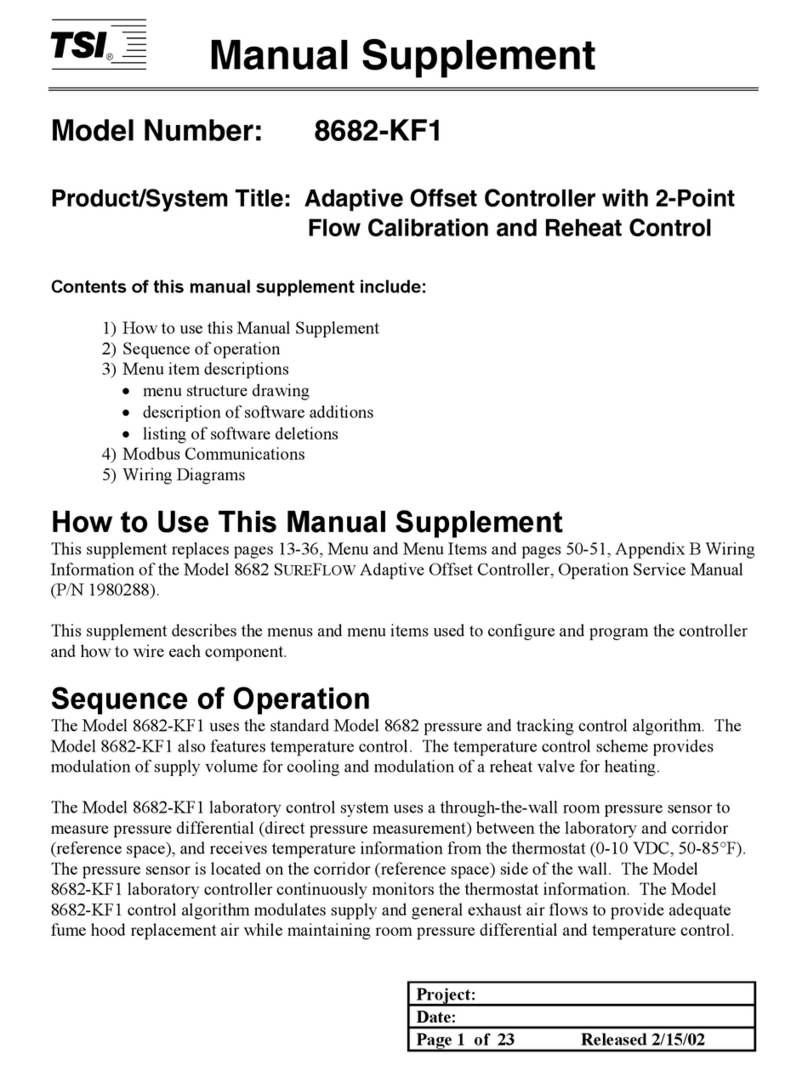
TSI Instruments
TSI Instruments 8682-KF1 Configuration guide
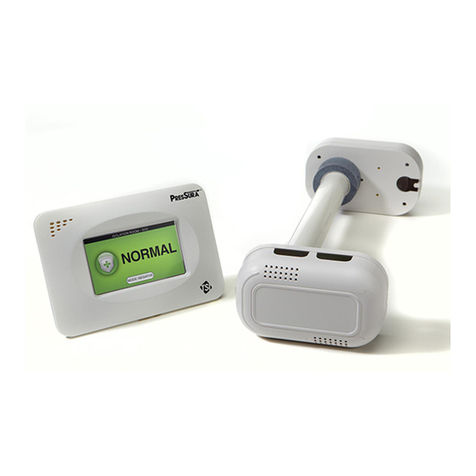
TSI Instruments
TSI Instruments PRESSURA RPC30 Operation manual
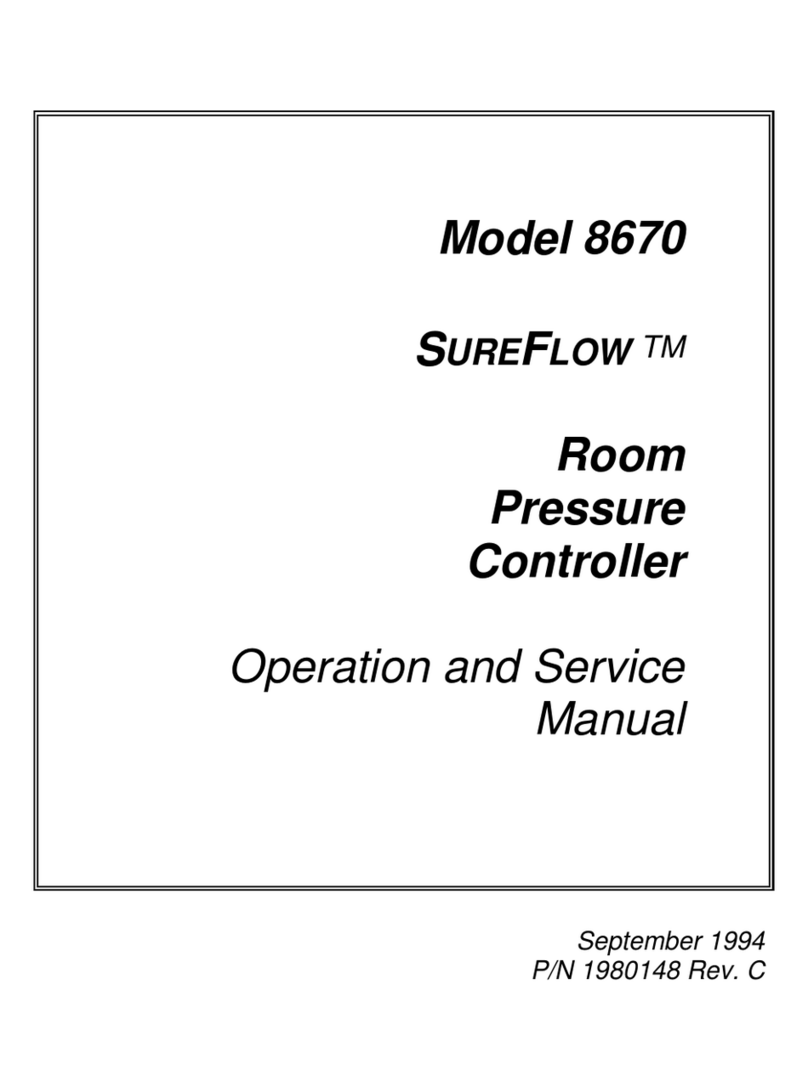
TSI Instruments
TSI Instruments SUREFLOW 8670 Operation manual
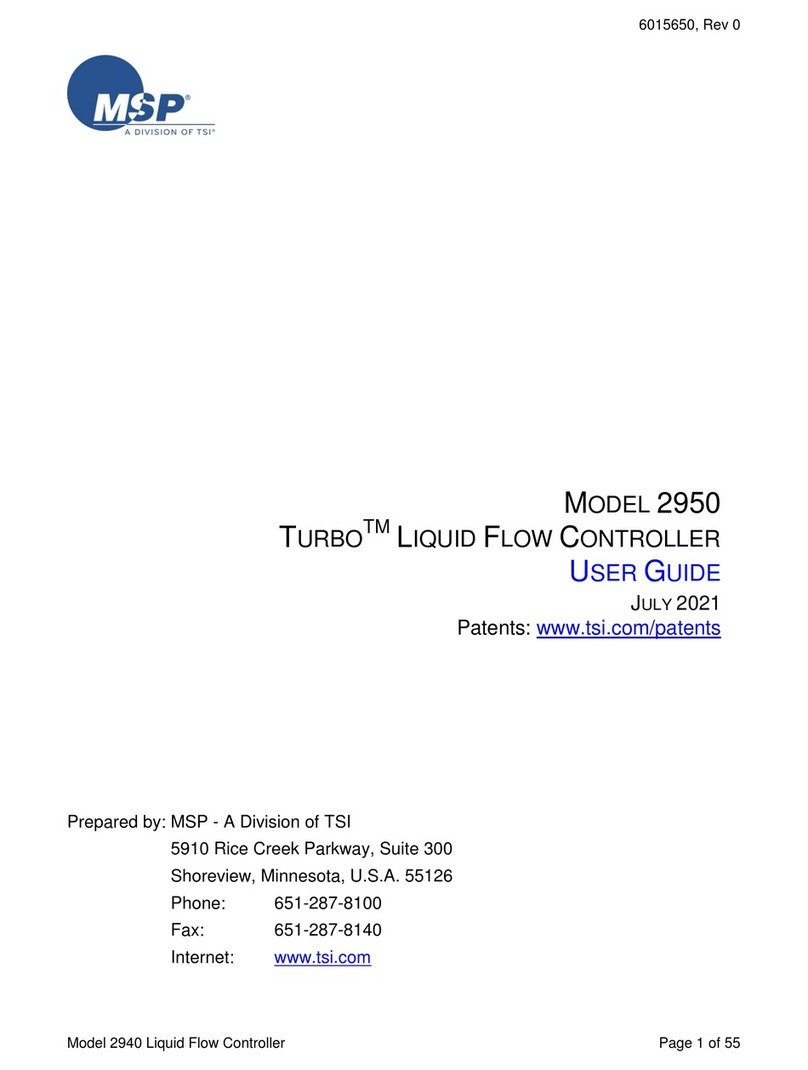
TSI Instruments
TSI Instruments MSP TURBO 2950 User manual
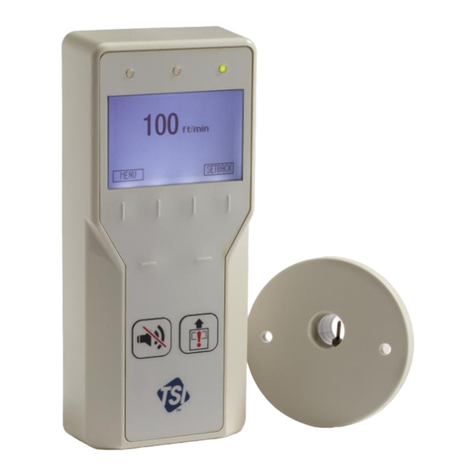
TSI Instruments
TSI Instruments FHC50 Operation manual
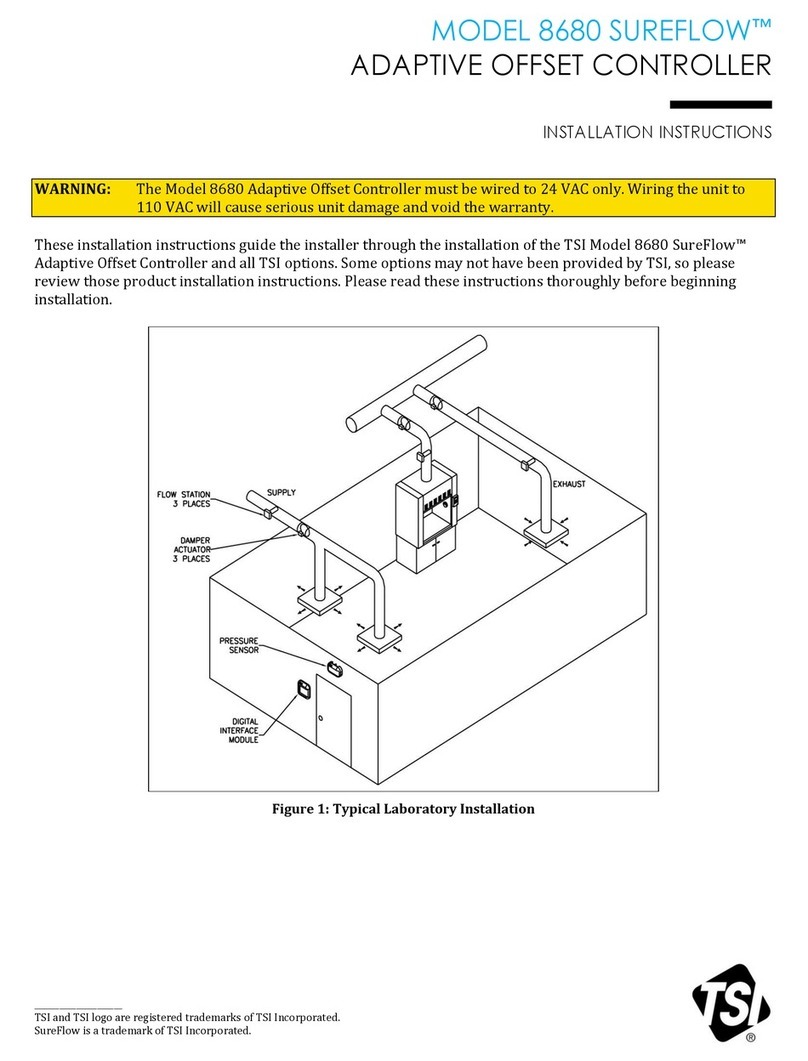
TSI Instruments
TSI Instruments 8680 SUPERFLOW User manual
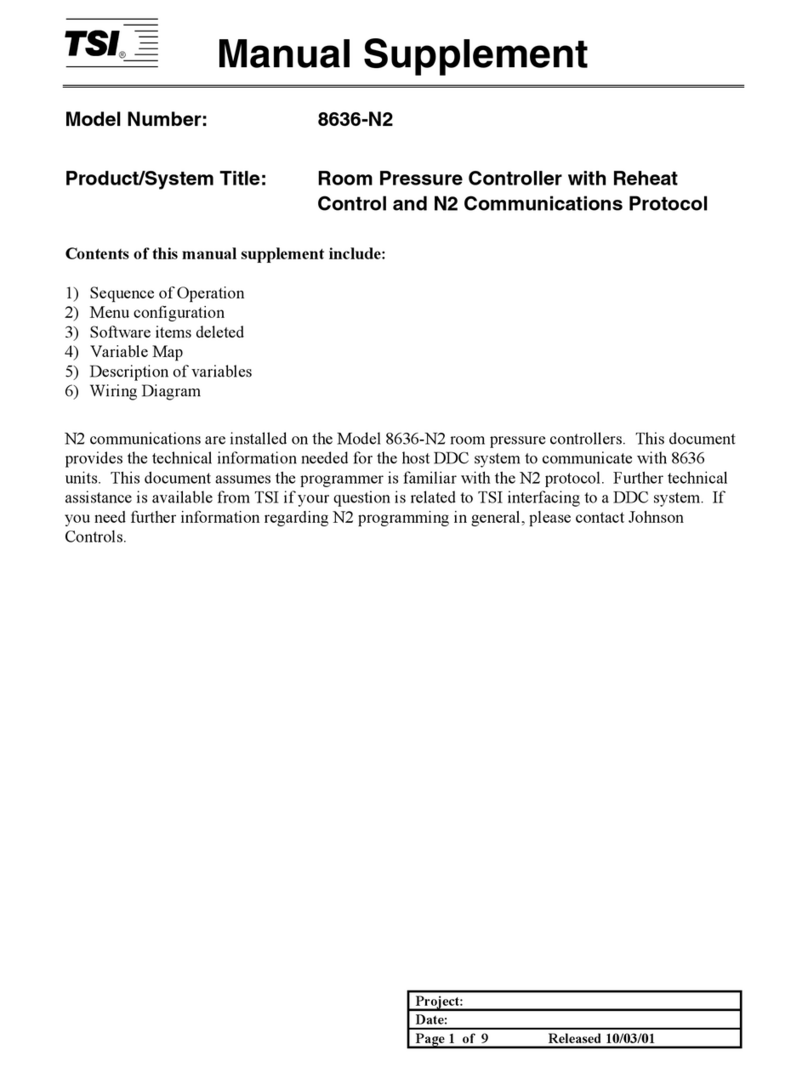
TSI Instruments
TSI Instruments 8636-N2 Configuration guide
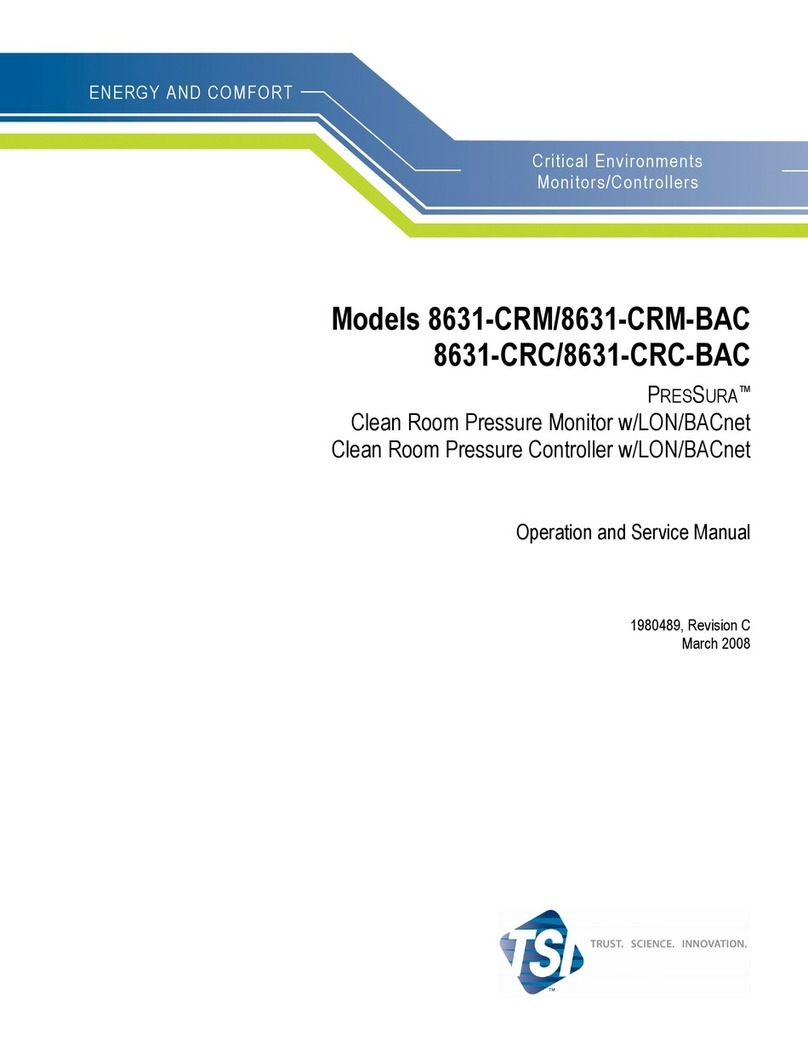
TSI Instruments
TSI Instruments PRESSURA 8631-CRM Operation manual
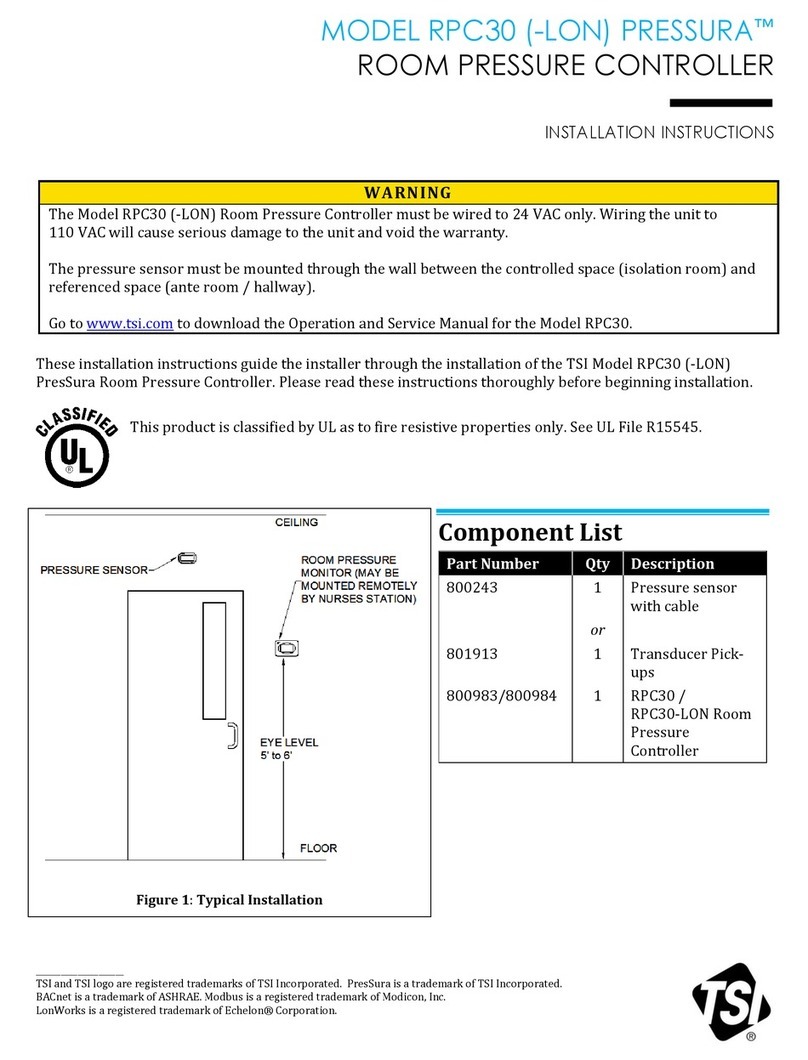
TSI Instruments
TSI Instruments PRESSURA RPC30 User manual
Popular Controllers manuals by other brands

Digiplex
Digiplex DGP-848 Programming guide

YASKAWA
YASKAWA SGM series user manual

Sinope
Sinope Calypso RM3500ZB installation guide

Isimet
Isimet DLA Series Style 2 Installation, Operations, Start-up and Maintenance Instructions

LSIS
LSIS sv-ip5a user manual

Airflow
Airflow Uno hab Installation and operating instructions





















